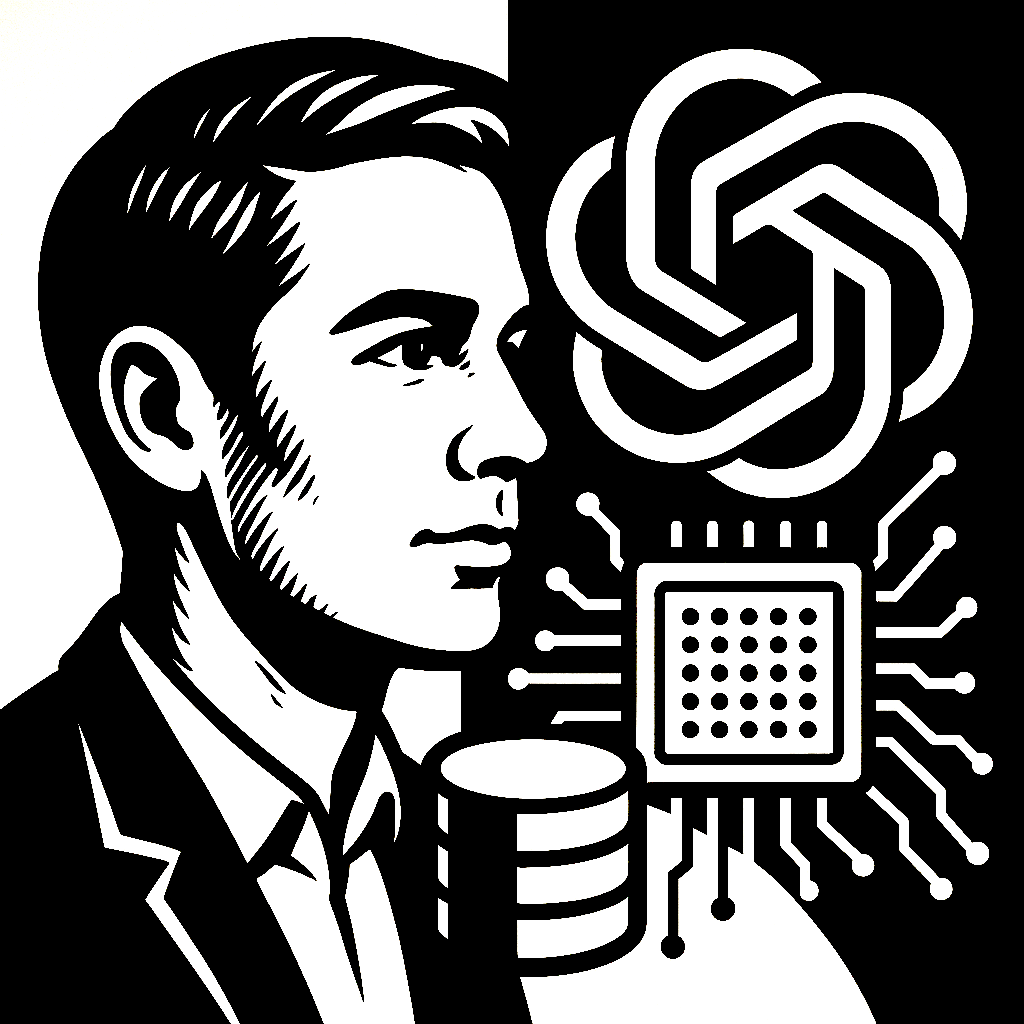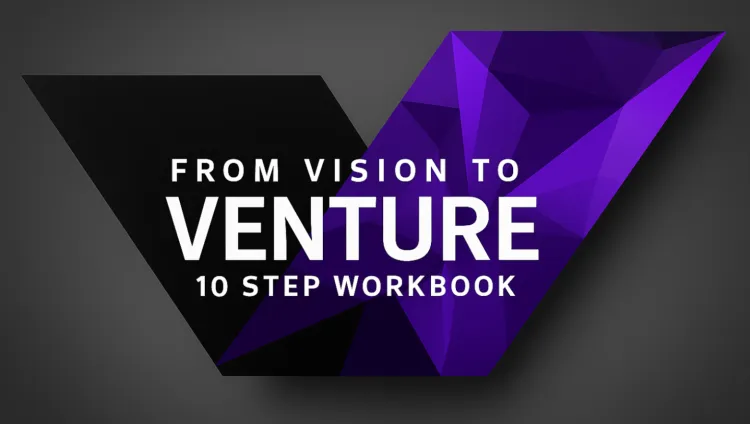The ability to capitalize on AI has already created the greatest wealth divide of our generation—and it's widening every day. In this Digital Renaissance, the future belongs to those who understand how large language models (LLMs), such as ChatGPT, really work.
While most people treat ChatGPT as a fancy search engine, the real power players are building entire businesses around it, creating systems that generate wealth 24/7 without requiring much of their time or presence.
The evidence is everywhere: In February 2024 OpenAI's valuation exploded to $80 billion. Microsoft integrated AI across its entire ecosystem. Thousands of workers were laid off while AI budgets doubled.
This isn't just another technology trend—it's a fundamental economic revolution with clear winners and losers.
Yet most people remain dangerously ignorant of how these systems actually function. They're either irrationally terrified or foolishly overconfident about AI's capabilities. Both positions guarantee you'll be left behind.
In the next few minutes, let's decode the black box of LLMs like ChatGPT. You'll understand what happens from the moment you type a prompt to when you receive a response—and how this knowledge can be leveraged to help you profit while others struggle to adapt.
Actually, It's Math – Not Magic
When you type a prompt into ChatGPT, what's happening is a massive statistical operation—a mathematical function that predicts which word should come next in a sequence, one token at a time.
Most people imagine AI as some digital brain making decisions. The reality is far more mechanical, yet paradoxically more impressive.
Here's what's actually happening in three main stages:
1. Pre-Training: Absorbing the Internet
The process begins with OpenAI downloading and processing vast amounts of the internet—books, articles, websites, code, conversations—creating a huge dataset, terabytes of text.
This text is broken down into "tokens" (parts of words or common character combinations). Each token becomes a unique ID in the system's vocabulary of about 100,000 possible tokens.
The system then trains on this data using thousands of specialized GPUs running for months, costing (tens of) millions of dollars—learning the statistical patterns of how these tokens relate to each other.
This isn't "reading" as we understand it—it's pure statistical pattern recognition at an industrial scale.
2. Supervised Fine-Tuning: Teaching the Machine to Be Helpful
This pre-trained (base) model is excellent at predicting text patterns but doesn't naturally behave like a helpful assistant. It might continue a prompt with irrelevant text or generate harmful content.
To address this, companies like OpenAI curate datasets of conversations between humans and assistants. Human labelers create examples of helpful, harmless, and honest responses to various prompts.
The model is then further trained on these examples, learning to imitate the pattern of helpful responses.
3. Reinforcement Learning from Human Feedback (RLHF): Refining the Assistant
Finally, the model undergoes a process where human evaluators rank different possible responses. These rankings train a "reward model" that can predict how humans would evaluate responses.
The system then optimizes itself to generate responses that would score highly according to this reward model.
This three-stage process creates a system that's fundamentally just predicting tokens, but has been carefully calibrated to be helpful, accurate, and safe.
Advantage: Knowing How the Engine Works Lets You Drive Faster
Understanding how LLMs actually work gives you three critical advantages that directly translate to profit opportunities:
1. You'll Stop Treating It Like a Human
When you understand that ChatGPT doesn't "know" things the way humans do, but instead has encoded statistical relationships between words, your interactions become more effective.
Rather than asking vague questions, you'll provide well-structured prompts with context and constraints.
❌ Example of an ineffective prompt:
"Can you help me with my marketing?"
✅ Example of an effective prompt:
"I run a subscription business selling productivity tools to freelance designers. My current customer acquisition cost (CAC) is $42 and the lifetime value (LTV) is $210. Provide three specific strategies to reduce my CAC while maintaining conversion rates."
The difference in output quality is night and day—and so is the difference in the business results you'll achieve.
2. You'll Create Unfair Advantages, Not Just Convenience
Average users view ChatGPT as a productivity tool—they ask it to summarize articles, draft emails, or explain concepts. They're using AI to catch up.
Strategic players understand LLMs as competitive weapons that can completely reshape industry dynamics in their favor.
Consider what happens when you truly understand the tool you're utilizing:
Imagine an investment advisor who doesn't just use ChatGPT to answer client questions faster, but instead builds a custom market analysis engine that processes earnings reports, economic indicators, and news sentiment—delivering insights competitors can't match without a team of analysts.
The result isn't just efficiency. It's an asymmetric advantage that grows over time:
- Each improvement compounds as the system gets smarter
- Competitors must either massively invest to catch up or become increasingly irrelevant
- The knowledge gap between services grows wider every month
This isn't just about automating tasks—it's about weaponizing AI to create competitive moats that can generate higher returns on your investment.
When you understand LLMs mechanically rather than superficially, you don't just save time—you reshape the playing field in your favor.
3. You'll See the Limitations Before They Cost You
When you understand that LLMs are fundamentally predicting text based on statistical patterns, you'll recognize their limitations:
- Hallucinations: LLMs can confidently present incorrect information because they're optimized to produce plausible-sounding text, not factual accuracy, to make you happy
- Reasoning limitations: Complex multi-step reasoning often breaks down because the model is making local, token-by-token predictions
- Knowledge cutoffs: Some models – like Anthropic's Claude family – still only know what was in its training data, with no access to real-time information
Their Knowledge Gap Is Your Opportunity
While others are asking ChatGPT to write their emails, you'll be building systems that generate entire businesses.
While others fear AI taking their jobs, you'll be using AI to multiply your impact and income.
This isn't about becoming an AI researcher or programmer—it's about understanding just enough about how these systems actually work to leverage them more effectively than 99% of people.
The future belongs to those who understand the machine. And with some practice: you will do.
If you found this valuable, forward it to someone who needs to understand how LLMs like ChatGPT actually work to help them profit, too. Ready to go deeper? Join me at OwnFoundations.com where we leverage AI to create wealth and freedom.
Have a great week!
Mo
P.S.: I am currently working on a little AI-Series that will be published on YouTube. You will find it 👉🏻 here!




